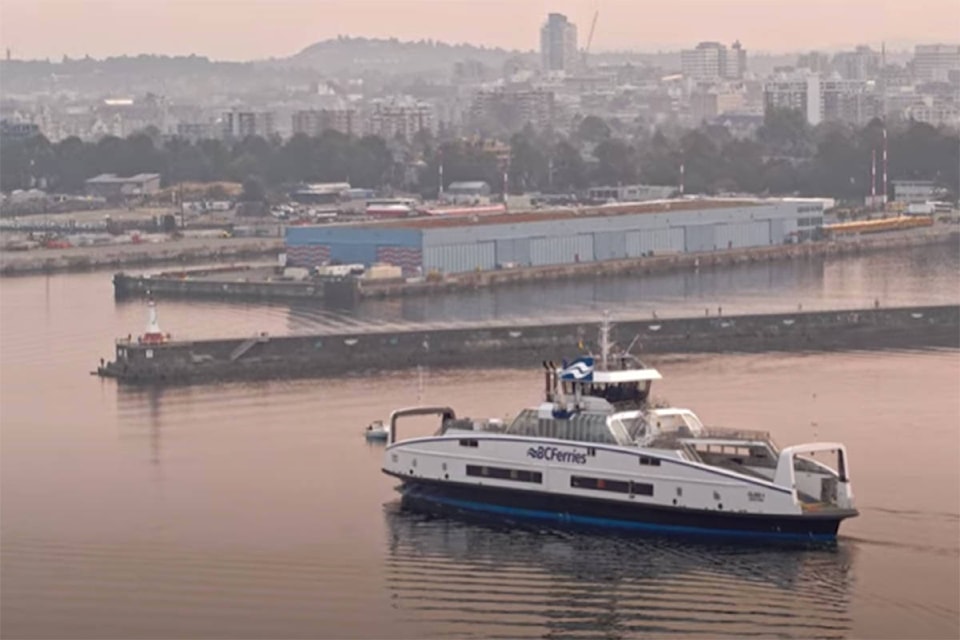BC Ferries is moving away from the public engagement model it has held for the last three decades.
The crown corporation said in a press release on Nov. 25 that it will be launching a design process for a new engagement model "that better addresses the evolving needs of growing coastal communities."
“A lot has changed in the last 30 plus years since the Ferry Advisory Committee (FAC) model was first created, and it’s time for us to have a look at our broader engagement process to make sure that it’s accessible, inclusive, and representative of a broad range of input,” said Morningstar Pinto, Executive Director of External Engagement.
The move is in response to feedback from the public, First Nations and local governments. According to a customer survey, 80 per cent of respondents said they'd prefer more digital options for engagement.
"I am extremely encouraged that BC Ferries is listening to ferry-dependent communities that their public engagement processes need a restart,” said Gibsons Mayor Silas White.
In 2023, Gibsons FAC meetings were the scene of several incidents that raised safety concerns. At one meeting, a community member threatened to "take a gun" to BC Ferries staff, according to reporting by Local Journalism Initiative reporter Jordan Copp, writing for the Coast Reporter.
“Our residents have spoken through lack of attendance and confidence at recent public Ferry Advisory Committee meetings. Our community agrees it is time for a more inclusive and dynamic approach, and we look forward to working with BC Ferries to develop a process that targets a broad and democratic representation of voices, and most importantly, delivers results,” White said.
It’s expected the new model will both maintain in-person outreach and include digital-first opportunities to strengthen the inclusivity, depth and authenticity of the engagement work. In the meantime, project-specific engagements will continue as normal. Starting early in the new year, BC Ferries will ensure accessible opportunities for many voices to be heard and actively shape the future of ferry engagement, including through community forums, terminal and on-board pop-ups, interest holder meetings, and attendance at local events.
“Replacing this outdated model with a more inclusive process is a welcome step toward building stronger community relationships and enabling better-informed, community-driven decisions,” said Klahoose Nation Chief Steven Brown.
The FAC process will be replaced by the newly developed model on April 30, 2025. Leading up to May, BC Ferries will undertake a three-part research and design process that will be informed by public feedback.
"Following consultation and the implementation of a new model next spring, it’s expected this updated approach will allow BC Ferries to connect with more people, make decisions informed by feedback and input from a representative group of customers and communities, and foster strong, responsive relationships across its service areas," the press release says.
Those interested in participating in or providing feedback into the engagement development process can visit www.bcferriesprojects.ca/in-your-community for updates and to sign up for notifications. During this time, project engagement will continue as normal, ensuring community feedback is included in ongoing terminal construction planning throughout the ferry system.



